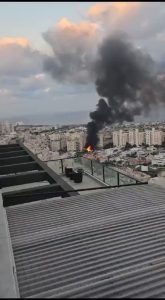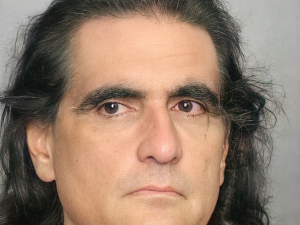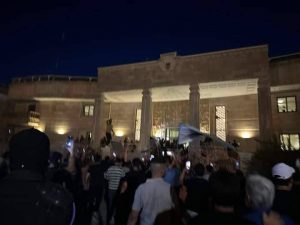Widespread protests in Iraq have killed at least 15 people so far. Hundreds of people broke into the government palace on Monday, storming offices, meeting rooms and luxury salons. Iraq’s military, responding to the protests, used tear gas and opened fire.
The protests were triggered hours after influential cleric Muqtada al-Sadr announced that he will be quitting Iraqi politics. The cleric derives power from his ability to mobilize and control his large grassroots following, but with his stated exit from politics, he has implicitly given them the freedom to act as they see fit.
Also Read: Iraq protests: How other countries have reacted so far
To avenge the killing of unarmed loyalists, al-Sadr’s militia Saraya Salam clashed with Iraqi security forces in the Green Zone using an array of weapons, including mortars and rocket-propelled grenades, according to Associated Press citing two security officials. The militia also took over some headquarters belonging to rival Iran-backed militia groups in the southern provinces overnight.
Iraq’s government has been deadlocked since al-Sadr’s party won the largest share of seats in October parliamentary elections but not enough to secure a majority government.
His refusal to negotiate with his Iran-backed Shiite rivals and subsequent exit from the talks has catapulted the country into political uncertainty and volatility amid intensifying intra-Shiite wrangling.
Also Read: Iraq protests: 3 times Baghdad saw widespread violence
The ongoing violent protests have largely been concentrated in Iraq’s Green Zone, which is considered to be the governmental center. Live television footage showed the chaos, with at least one wounded man being taken away in a three-wheel rickshaw, the Iraqi Foreign Ministry visible behind them.
Iraq’s military said four rockets were launched into the heavily fortified Green Zone. Outside of sporadic unrest in southern Iraq, the rest of the country appeared unaffected for the time being by the violence as oil continued to be pumped into the country.






